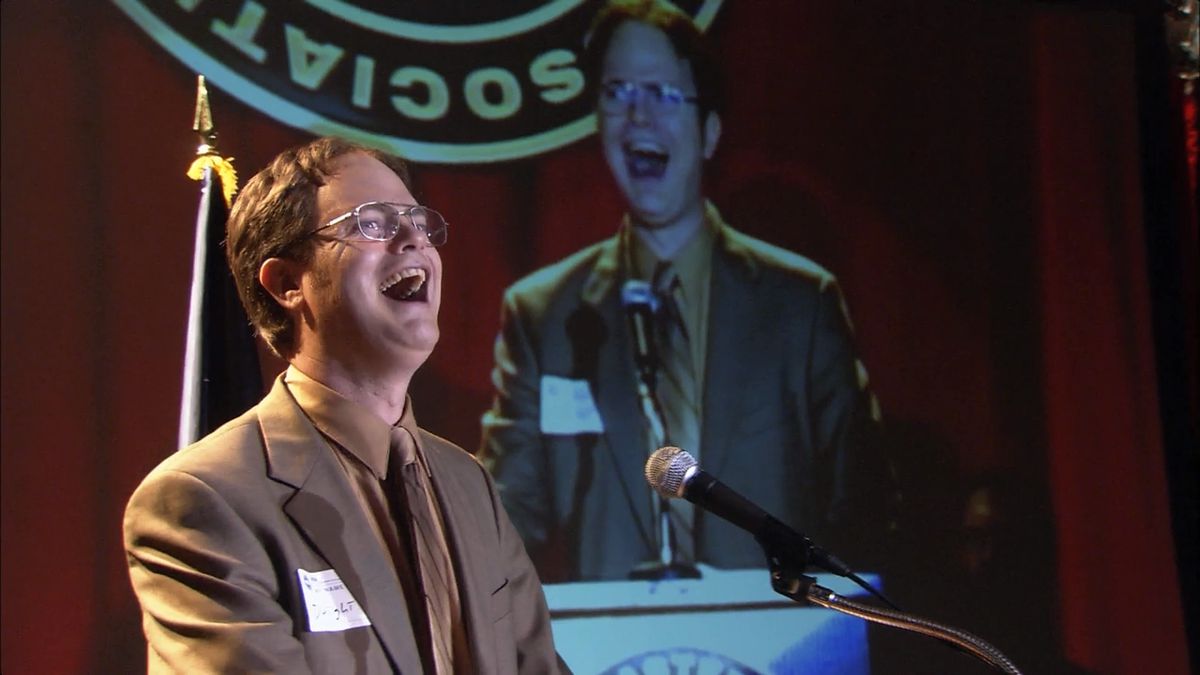Chances are, your audience won’t remember everything you say when you give a speech or presentation. And, if your presentation is forgotten, you will be too.
To be a great public speaker, you and what you say need to be remembered. People should leave your presentation with three things: one message, one experience, and one visual that they will remember. Besides making you memorable, these three things can serve a triggers that help your audience recall other parts of your presentation.
What are messages, experiences, and visuals that can make you a memorable public speaker? How do you incorporate those memorable bits in your presentation?
Share one memorable message in your public speaking
You might give a presentation to convey new information or share your ideas with others. You might be speaking in public to rally people to your cause or convince an audience to adopt a new way of thinking.
You should be able to condense the information, ideas, or purpose into one core message, sometimes called the “big idea.” The core message might be the overall lesson or the most important takeaway from your presentation.
If you can’t sum up your presentation in one simple core message, your audience won’t be able to either. Simple is memorable, complex is not. To make it simple, craft your message in plain language, and choose something surprising or that your audience may not know.
The core message should be used a thread that connects everything else in your presentation. Build your entire presentation around it. Say your core message at the beginning, repeat it at the end, and show it on screen for all to see.
Former NASA astronaut Bernard Harris gave an inspiring commencement address in 2015 focused on the core message, “We are infinite beings with infinite possibilities.” Harris leads off with that powerful message, supports it throughout his speech, and brings it home at the end. Watch:
Share one memorable experience in your public speaking
Too often, presentations are dullsville. The speaker talks and talks and talks, while the audience is expected to just sit quietly and listen.
Unless they’re fawning admirers, listening to you do nothing but talk isn’t all that remarkable of an experience. For your audience to be truly engaged in your presentation, you need to give them an experience they can engage with.
To be a more memorable public speaker, incorporate an experience into your presentation. Choose an experience that reinforces or emphasizes your core message. If the venue, audience, and format allow, make the experience interactive—that is, something in which the audience participates.
Have the audience break into small discussion groups. Ask questions and give prizes to the people who share the right answers. Have them fill out a handout or worksheet that helps them better understand the topic. Give them a game to play that connects to your core message. The ideas are limitless.
Bill Gates memorably incorporated an unusual interactive experience into one of his speeches about how malaria was one of the most important public health issues facing the world. And he…well, I don’t want to spoil it. just watch (the fun happens at 5:00).
Share one memorable visual in your public speaking
People learn with all their senses. Talking alone doesn’t help people learn and remember what you share.
Choose visuals that are high quality (step away from the clip art) and can trigger an emotional response. Every visual you use should have a purpose and be relevant. Avoid visuals that may distract people from what you’re saying. And, consider the occasional visual that can make people laugh.
The visual can be a photo, a graphic you create, or a video. If you aren’t going to project slides on a screen, you can still include a memorable image in your presentation. Use a relevant prop, write facts on giant Post-it notes or on the room’s whiteboard, or have a key visual aid enlarged and printed. Give a demonstration. Use your body language to emphasize a point. Tell a compelling story that your audience can visualize in their heads. Mix and match from the above, or come up with a new creative visual idea.
As you choose your visuals, keep an eye out for the one that will make people want to snap photos during your session and will give them something to remember long after you’re done. Keep working on your visuals until you know which one that is, and make it as remarkable as possible.
John Bohannon’s TED talk, Dance vs. Powerpoint, demonstrates how visuals can make public speaking memorable. Bohannon makes molecular physics come to life on stage in a remarkable, energetic way.
What’s your secret for being a memorable public speaker? Share it in the comments.
Lauren Girardin is a marketing and communications consultant, writer, and—yes—public speaker. Find her on Twitter at @girardinl.





This is very informative. Thanks
You’re welcome, Georgina. Please come back and share if you put any of these tips into practice.